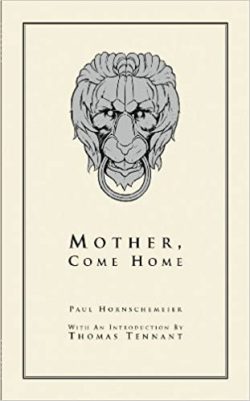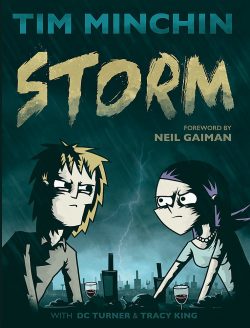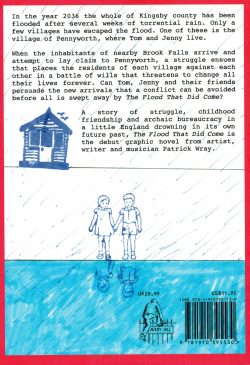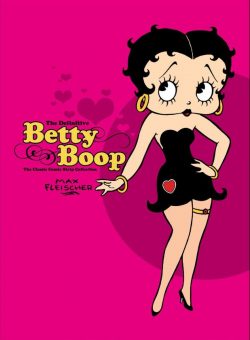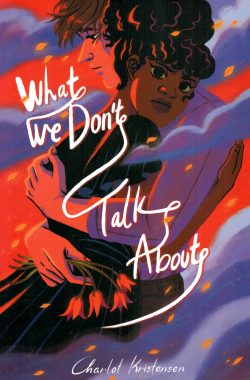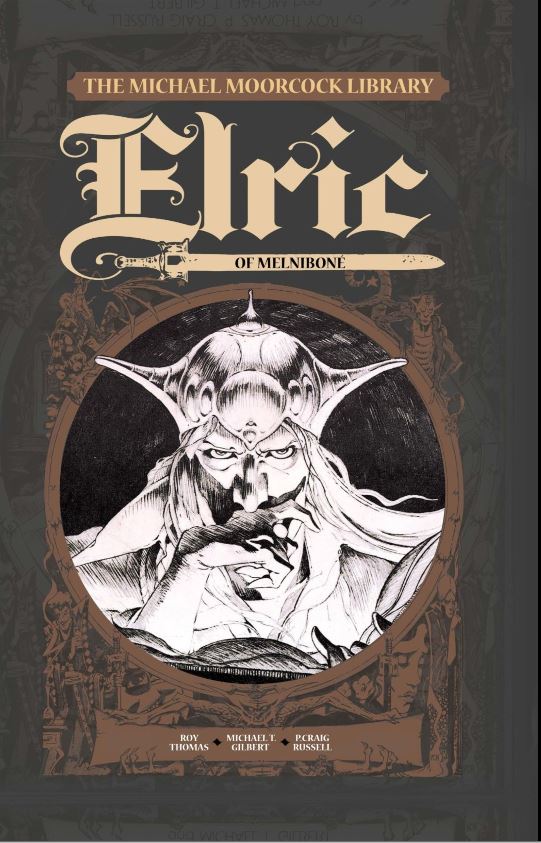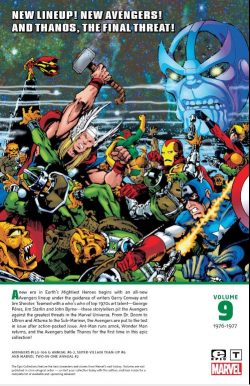
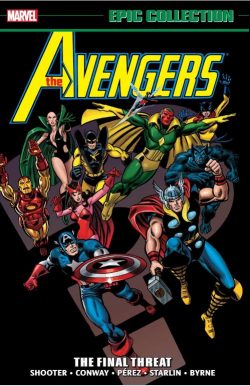
By Steve Englehart, Gerry Conway, Jim Shooter, Jim Starlin, Scott Edelman, Bill Mantlo, Stan Lee, George Pérez, John Buscema, Sal Buscema, John Byrne, Herb Trimpe, Sal Trapani, Don Heck, George Tuska, Jack Kirby & various (Marvel)
ISBN: 978-0-7851-8790-5 (TPB)
The Avengers have always proved that putting all one’s star eggs in a single basket pays off big-time: even when all Marvel’s classic all-stars such as Thor, Captain America and Iron Man are absent, it merely allows the team’s lesser lights to shine more brightly.
Of course, all the founding stars were regularly featured due to the rotating, open door policy, which means that every issue includes somebody’s fave-rave – and the boldly grand-scale impressive stories and artwork are no hindrance either. With the team now global icons, let’s look again at the stories which form the foundation of that pre-eminence.
Re-presenting Avengers #150-166, Avengers Annual #6 & 7, and Super-Villain Team-Up #9 (cumulatively spanning August 1976 to November 1977), these stories again see the team in transition. That was a much a result of creative upheaval as narrative exigency. Times were changing for the company which would soon become a plaything of relentless corporate forces…
In the simple world of goodies and baddies, however, #150 saw an official changing of the guard in ‘Avengers Assemble’ by Steve Englehart, George Pérez, John Tartaglione & Duffy Vohland. The anniversary epic was supplemented part-way through by half of ‘The Old Order Changeth!’ (by Stan Lee, Jack Kirby & Dick Ayers and reprinted from Avengers #16) as it settled the membership drive question begun way back in #137. The tale made way for new scripter Conway in #151 whose ‘At Last: The Decision’ (with additional scripting by Jim Shooter & Englehart as well as art from Pérez & Tartaglione) set the group off on streamlined, less cosmic adventures.
No sooner had the long-delayed announcement been made to the panting public, though, than a mysterious crate disgorges the long-dead body of Wonder Man… who shockingly shambles to his feet and accuses the stunned android Vision of stealing his mind…
Long ago, Simon Williams had been turned into a human powerhouse by arch-villain Baron Zemo and used as a Trojan horse to infiltrate the team. He eventually turned on his vile creator, sacrificing his life to redeem and atone for his deeds. After he was buried, Williams’ brain patterns were used to provide an operating system for The Vision, inadvertently creating a unique human personality for the cold thing of plastic, wires and metal…
In #152, ‘Nightmare in New Orleans!’ kicks the simmering suspenseful saga into high gear as the team start hunting for Wonder Man’s grave robber/re-animator. The trail – as crafted by Conway, John Buscema & Joe Sinnott – soon leads the team to New Orleans and into a face-off with voodoo lord Black Talon…
‘Home is the Hero!’ reintroduces 1940 Marvel sensation Bob Frank (AKA former Invader The Whizzer). In a tragic tale of desperation, the aged speedster seeks the heroes’ help but is cut short when he is seemingly possessed and attacks the team…
Avengers Annual #6 (illustrated by Pérez, Mike Esposito, Tartaglione & Vohland) reveals why and answers all the meandering mysteries, wrapping up the storyline with ‘No Final Victory’ as a conspiracy involving the serpent-helmed Living Laser, Whizzer’s government-abducted mutant son Nuklo and rogue US Army General Pollock almost succeeds in conquering California, if not America – at least until the resurgent Avengers lay down the law…
Also included in the annual – and here – is Scott Edelman & Herb Trimpe’s ‘Night Vision’: a brief but stirring solo story of the Android Avenger battling super swift psychopath Whirlwind.
In Avengers #154, Conway, Pérez & Pablo Marcos begin a blockbuster battle bonanza which was in part a crossover with Super-Villain Team-Up. That series followed the uneasy coalition of Dr. Doom and Namor the Sub-Mariner, and this initial chapter ‘When Strikes Attuma?’ finds the Vision captured by subsea barbarian Attuma even as Earth’s Mightiest Heroes are ambushed and defeated by the warlord’s augmented Atlantean thrall Tyrak the Treacherous. The scheme is simple enough: use the enslaved surface champions as cannon fodder in an assault against Namor…
At this time, US Secretary of State Henry Kissinger had signed a non-aggression pact with the Dictator of Latveria, which resulted in Doom subsequently blackmailing the Sub-Mariner into serving as his unwilling ally. However, one American vigilante observed no such legal or diplomatic niceties…
The Shroud believed he had freed the Atlantean from his vow by assassinating Doom, but the villain had survived the assault: rescued and secretly imprisoned by Sub-Mariner’s cousin Namorita and his alien girlfriend Tamara under the misguided apprehension that they could force the Metal-shod Monarch into helping Atlantis and their lost Prince.
Simple, no?
Here, SVT-U #9 expands on the epic encounter with the heroes now ‘Pawns of Attuma’ (scripted by Bill Mantlo, with art by Jim Shooter & Sal Trapani). As the Avengers are unleashed upon the Atlanteans, they discover Doom is now in charge and easily able to thwart their half-hearted assault. In Avengers #155 (Conway, Pérez & Marcos), the beaten heroes are abjectly enslaved, leaving only confused, despondent and battle-crazed Namor ‘To Stand Alone!’ Before long, though, he is joined by lone stragglers the Beast, Whizzer and Wonder Man to hunt down the triumphant barbarian sea lord.
The epic conclusion comes in ‘The Private War of Doctor Doom!’ (Avengers #156, by Shooter, illustrated by Sal Buscema & Marcos) wherein the liberated and furious heroes join forces to crush Attuma whilst simultaneously preventing Doom from turning the situation to his own world-conquering advantage…
A change of pace begins in #157 as ‘A Ghost of Stone!’ (Conway, Don Heck & Marcos) addresses a long-unresolved mystery. As seen in the Avengers/Defenders War, the Black Knight‘s body had been petrified whilst his soul was trapped in the 12th century, but now a strange force reanimates the statue and sets it upon the weary heroes…
Shooter, Sal Buscema & Marcos then contrive ‘When Avengers Clash!!’ as the revived, restored, compos mentis and now fully-recovered Wonder Man ferociously duels with an impossibly jealous Vision over the Scarlet Witch.
That Wanda loves the android Avenger is seemingly forgotten as his “borrowed†brain patterns fixate on the logical assumption that eventually his flesh-and-blood wife will gravitate to a “normal†man with his own personality rather than stay married to a mere mobile mechanism…
Domestic tantrums are quickly laid aside when the entire team – plus late arrivals Black Panther and Thor – battle research scientist Frank Hall following a lab-accident which grants him complete control over the forces of gravity…
Apparently unstoppable, Graviton almost destroys New York City in #159 as the ‘Siege by Stealth and Storm!’ (Shooter, Sal B & Marcos) results in savage combat and the unbeatable villain ultimately defeating himself…
Avengers #160 spotlights Eric Williams, the deranged Grim Reaper. With portentous hints of a hidden backer and his dead brother seemingly returned, he conducts ‘…The Trial!’ (Shooter, Pérez & Marcos) to see whether Wonder Man or the Vision is the “true†Simon Williams. He doesn’t like the answer he gets…
The next issue extends the mystery backer sub-plot as ‘Beware the Ant-Man’ finds the team attacked by a frenzied Henry Pym, whose mind has somehow regressed to mere days after the Avengers first formed. The unbalanced, hyper-aggressive hero has allied with the homicidal robot he no longer remembers creating and is unwittingly helping it build ‘The Bride of Ultron!’ (#162): pitifully oblivious that for the almost completed Jocasta to “live†his own wife Janet must die…
At the close, the Avengers believe they have finally destroyed the murderous mechanoid, but yet again they are wrong…
Shooter, George Tuska & Marcos’ stand-alone tale ‘The Demi-God Must Die!’, reveals how mythological maniac Typhonreturns to capture the team. Despite forcing Iron Man to attack Hercules to save his imperilled Avenging comrades – and even after lots of spectacular smashing – the scheme naturally fails and the World’s Mightiest are triumphant again…
John Byrne & Pablo Marcos then joined Shooter to spectacularly reinvent one of the team’s oldest adversaries, in a 3-part classic beginning in #164 wherein, after months of speculation and experimentation, the Wonder Man was finally diagnosed as having evolved into a creature of pure ionic energy. Meanwhile elsewhere, aging Maggia Don Count Nefariarecruits Whirlwind, Power Man (the original mercenary who had undergone the same transformative experiment as Wonder Man) and Living Laser to apparently amass plunder for him, but the tactic was mere subterfuge.
After the thieves trash a squad of Avengers, Nefaria uses his flunkies’ bodies as template and power source to turn himself into a literal Superman and attack the already battered heroes in ‘To Fall by Treachery!’
The tension builds in #165 as ‘Hammer of Vengeance’ sees the lethally out-powered team fall, only to be saved by elderly speedster The Whizzer who points out that, for all his incredible might, Nefaria is an old man with death inevitably dogging his heels.
Panicked and galvanised, the Overman goes berserk, carving a swathe of destruction through Manhattan whilst seeking a confrontation with Thunder God Thor and the secret of his immortality.
Before too long he had reason to regret his demands…
The surprise arrival of the Storm Lord in ‘Day of the Godslayer!’ ends the madman’s dreams but also highlights growing tensions within the victorious team…
This superb thriller is followed by a annual extravaganza (two, in fact) that became a certified classic. Devised by Jim Starlin (with the inking assistance of Joe Rubinstein) ‘The Final Threat’, from Avengers Annual #7, sees Kree warrior Captain Marvel and psionic adept Moondragon revisit Earth due to vague anticipations of an impending cosmic catastrophe.
Their premonitions are confirmed when galactic wanderer Adam Warlock arrives with news that death-obsessed Thanos had amassed an alien armada and built a weapon powered by soul-gems to snuff out the stars like candles…
Broaching interstellar space to stop the scheme, the united heroes forestall the stellar invasion and prevent the Dark Titan from destroying the Sun – but only at the cost of Warlock’s life…
This classic collection of costumed clashes closes with ‘Death Watch!’ (from Marvel Two-in-One Annual #2) which finds Peter Parker plagued by prophetic nightmares, disclosing how Thanos snatched victory from defeat and now holds the Avengers captive whilst he again prepares to extinguish Sol.
With nowhere else to turn, anguished, disbelieving Spider-Man heads for the Baxter Building, hoping to borrow a spacecraft, unaware that The Thing also has history with the terrifying Titan.
Although utterly overwhelmed and outclassed, the mismatched champions of Life subsequently upset Thanos’ plans enough so that the Avengers and the Universe’s true agent of retribution are able to end the Titan’s threat forever… or at least until next time…
Supplementing the cosmic action, this collection also offers contemporary house ads, and original art samples from Pérez and John Buscema, making this archival tome a prime example of the truly epic yarns prevalent at this period which set the tone for fantastic Fights ‘n’ Tights dramas for decades to come and influenced the movie franchise we all know and love today.
Most importantly though, these are superb comics to boggle the mind and take the breath away, even here in the quietly isolated and far more unpredictable dangerous 21st century…
© 2019 MARVEL.



